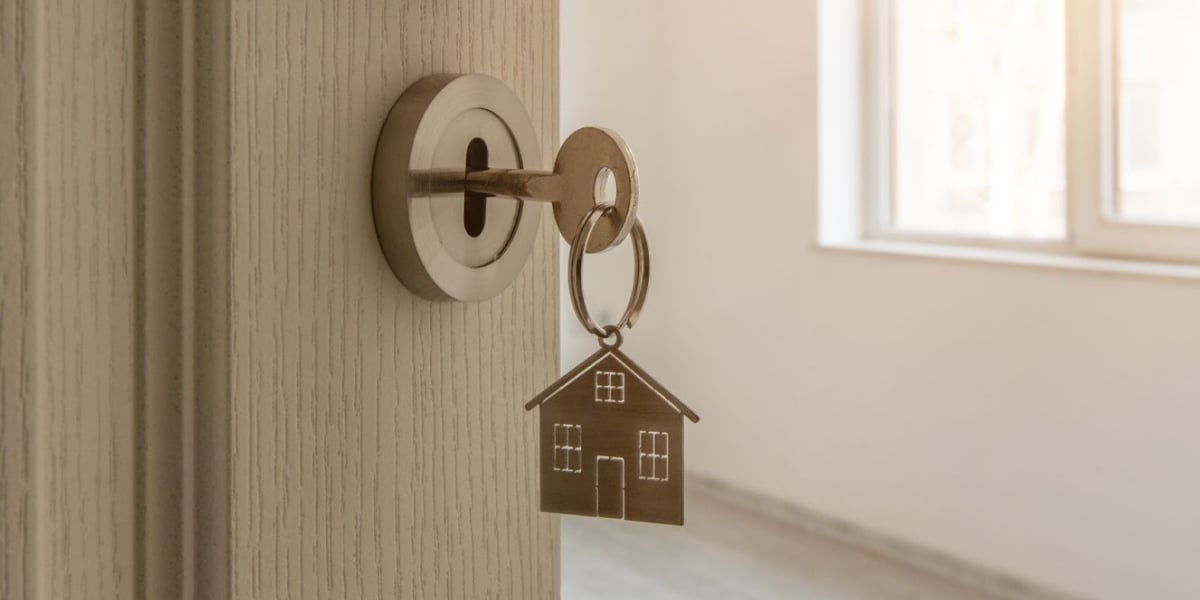
Your Guide to 30-Year Fixed vs ARM Rental Loans
There will always be a strong debate over the best option for a rental property loan. Whether you choose the 30-year loan or an option from the adjustable-rate mortgage (ARM) family for your rental property investment loan, the pros and cons must be weighed for this decision.
A handy primer on ARMs
The adjustable-rate mortgage (ARM) offers many bonuses when paying off an investment property loan, hard money loan or a DSCR loan, such as:
- A fixed rate that can stay fixed on its own for several years
- Lower interest rates at the beginning of the loan
- ARM loans are locked in for initially five, seven or 10 years and are structured as 30-year loans
- Low fixed rates can be beneficial if financing for up to five years
Introductory offers for ARM loans are great, but that honeymoon phase could come to an end on a calendar date earlier than expected. If you plan for that effect, it can still work to your advantage — if not, it can derail your plans to be able to keep up with your payments as they increase over time.
ARM rates fluctuate
With an ARM loan, your rate will likely increase over time. The increase in the loan rate will be adjusted on a calculation based on the remaining balance. That means that your new monthly payment will use the current interest rate, which may be slightly higher than the initial lead-in rate.
Every time the interest rate goes up, the payments due will increase, and these adjustments will continue every six months to a year until the investment property loan is completely paid off.
The lowered initial payment rates for the rental loan, hard money loan or DSCR loan may be more than a “teaser,” and it may allow you to make lower beginning payments as you get used to paying for the loan.
You don’t want to get into the scenario of having an initial payment that you can afford suddenly replaced with a payment out of your range. Banking on — or rather betting on — the interest rates falling is risky because anything can change in a year or two, and it may not be to your immediate advantage.
How 30-Year rental loans Work for investment properties
A 30-year fixed-rate loan is more than just the old standby way to pay off a rental loan, giving you, at the minimum, three decades to finish paying off the loan. Comparable to a traditional mortgage, this option is steady because you know your monthly payment and can adjust your rent to your tenants accordingly.
Many people prefer a 30-year rental loan because:
- Low, fixed monthly rates
- Bigger budget
- More cash for renovations
30-year rental loans are a long-term investment
The biggest hesitation to a 30-year loan is the length to get any equity in the loan. While you can always pay more back on the loan when you have more to spend, 30 years is a long time to be tied to a loan. Meanwhile, the overall interest that you pay may be more over time when you crunch the numbers.
The trade of a higher interest rate over the life of the loan is made for the stability that you know what you’ll be paying and doing for the next three decades of your life.
Investors also need to be cognizant of not overextending and overreaching how much is being taken out for the loan. Even with a 30-year timeframe to pay back the investment property loan, be aware of the risk of changes in life circumstances.
Consider the future investment of your money
Many people invest in real estate rental properties to diversify their portfolios, generate additional income, or even take advantage of admirable interest rates.
Whatever your motivation, it’s important to weigh the pros and cons of how to invest when deciding the type of loan that is best for your goals. ARMs allow you to take advantage of quicker repayment but come without the guarantee of a consistent monthly payment. A 30-year fixed rental loan is considered standard, though it also guarantees a long-term investment — something fix-and-flippers aren’t in the market for.